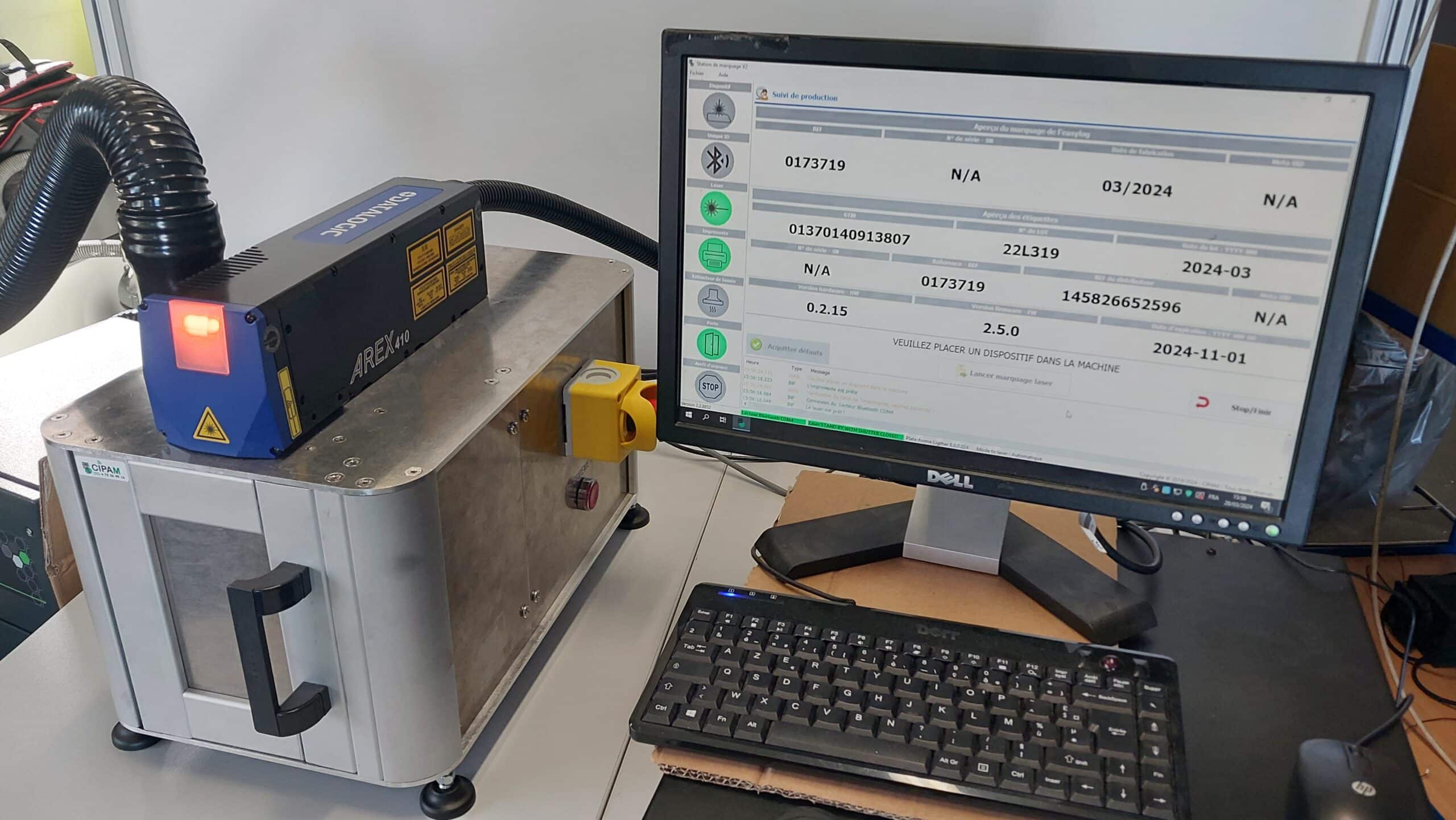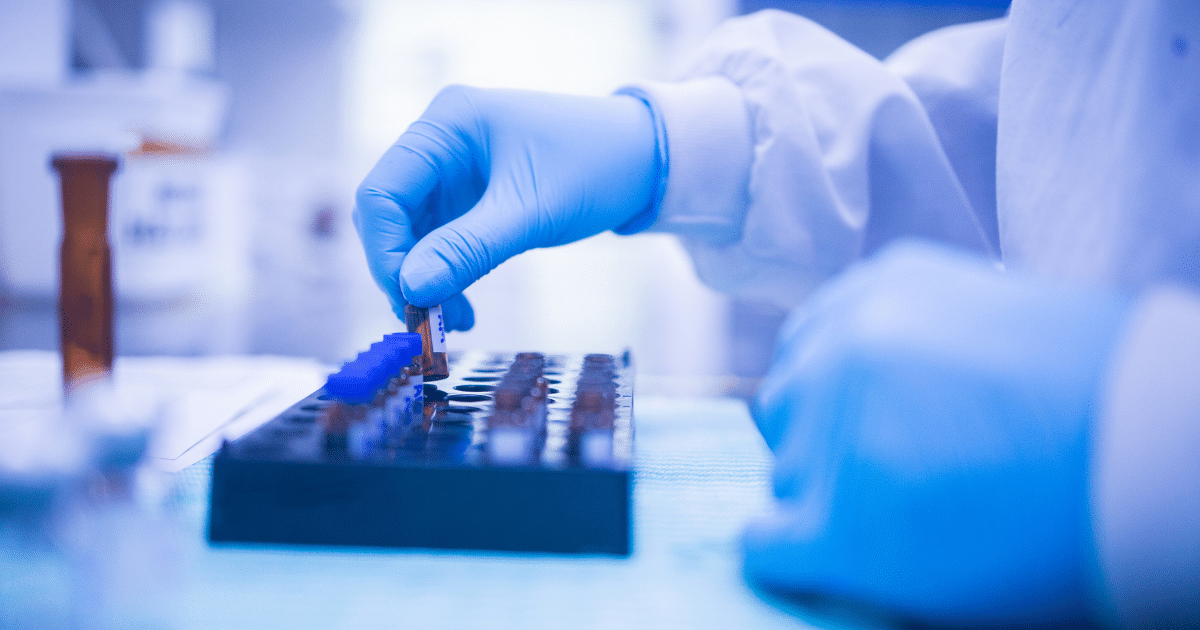
- Services
- Products
- RTLS
- RFID
- Readers
- Vision systems & Verifiers
- Printers
- Applications, networks & communications
- Laser marking
- Achievements
- Administration
- Aerospace
- Agri-food
- Automotive
- Electronics
- Environment
- Industry
- Logistics
- Metallurgy
- Health

- Solutions
- Identify & locate people
- Geolocation, what’s it all about?
- Automated identification
- Reuse of containers

- News & events
- About us
- Contact us
